The intelligence of animals has long fascinated humans, particularly when it comes to the creatures we welcome into our homes. While dogs have traditionally held the spotlight as intelligent companions, pet pigs are increasingly recognized for their remarkable cognitive abilities that often surpass those of their canine counterparts. From problem-solving capabilities to emotional intelligence, these remarkable animals demonstrate a level of awareness and adaptability that challenges our understanding of animal cognition. This article explores the scientific evidence and behavioral observations that support the claim that pet pigs may indeed be smarter than dogs, revealing why these underappreciated animals deserve recognition for their exceptional mental capabilities.
The Science of Pig Intelligence
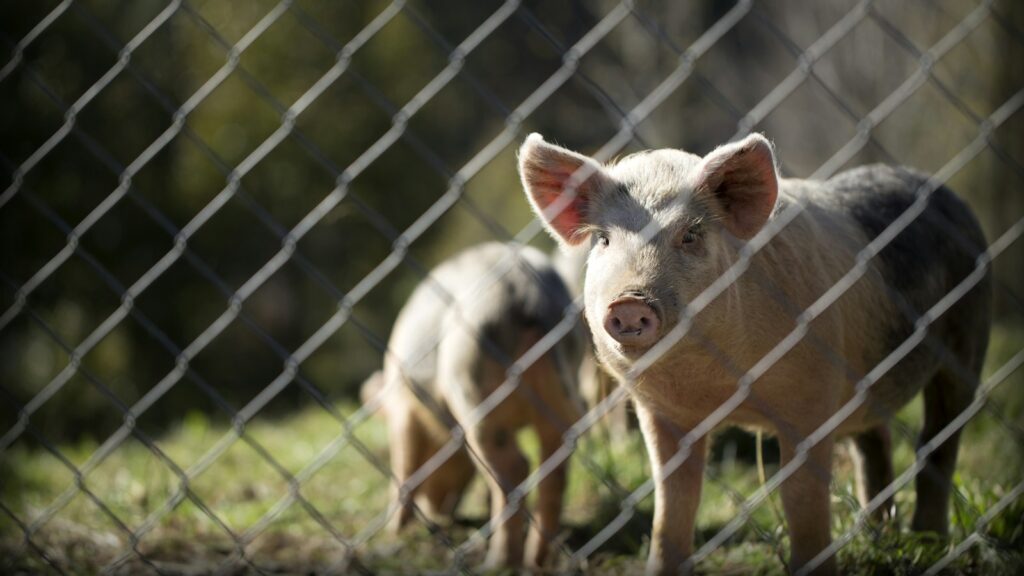
Scientific research consistently places pigs among the most intelligent domestic animals, with cognitive abilities comparable to those of chimpanzees, dolphins, and elephants. According to studies conducted at multiple universities, including Cambridge and Pennsylvania State, pigs possess sophisticated cognitive abilities that surpass those typically observed in dogs. Their brains, while physically different from canine brains, show remarkable development in areas associated with complex thinking and problem-solving. Researchers have found that pigs possess a larger cerebral cortex relative to their body size than dogs, which correlates with higher reasoning capabilities and abstract thinking. This neurological advantage gives pigs a natural edge in various cognitive tasks and explains their exceptional ability to learn and adapt to new situations.
Problem-Solving Champions
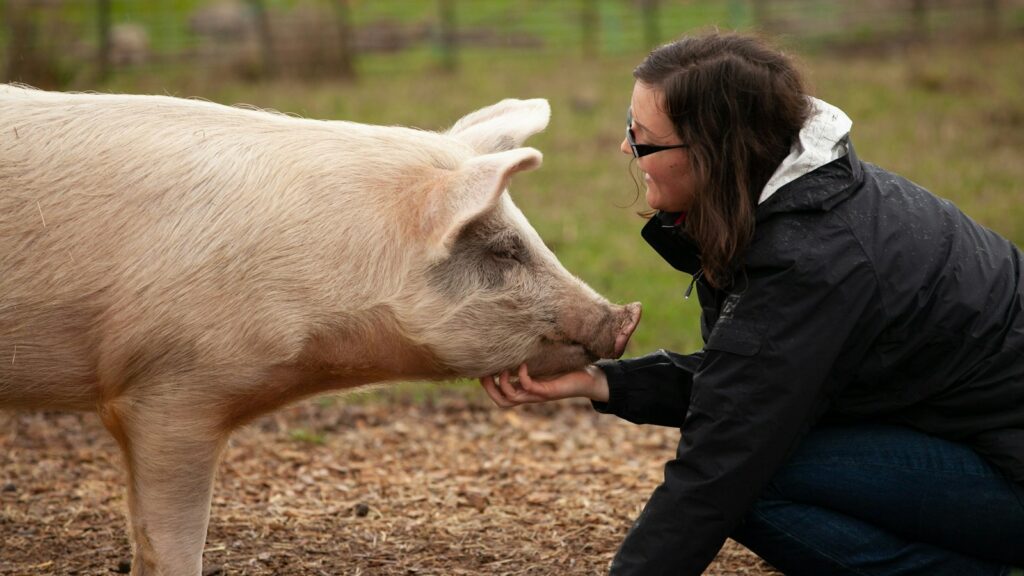
Pigs consistently outperform dogs in complex problem-solving scenarios, demonstrating an ability to think through multi-step challenges with remarkable efficiency. In controlled studies, pigs have shown they can use mirrors to find hidden food, understand cause-and-effect relationships, and even operate simple touch-screen computers with their snouts. One famous experiment conducted at Penn State University demonstrated that pigs could learn to manipulate a joystick with their snouts to move a cursor on a screen toward a target—a task that proved challenging for many dogs. This ability to understand abstract concepts and manipulate objects to achieve goals suggests a level of cognitive processing more advanced than what is typically observed in canines. Furthermore, pigs often display more persistence when faced with difficult problems, continuing to work through solutions long after many dogs would have given up and sought human assistance.
Memory and Recognition Skills

The memory capabilities of pigs far exceed those of most domestic animals, including dogs. Studies have shown that pigs can remember specific individuals, both pig and human, for years, even after long periods of separation. They can also recall complex spatial layouts, remembering the locations of food sources and returning to them with pinpoint accuracy months later. Researchers at the University of Western Australia found that pigs could be trained to remember up to 30 different commands—more than twice the number that an average dog typically masters. Even more impressively, pigs demonstrate episodic memory, meaning they can recall specific events from their past and potentially anticipate future scenarios based on these memories. This sophisticated memory system allows them to learn from experiences and apply that knowledge to new situations more effectively than dogs.
Social Intelligence and Empathy
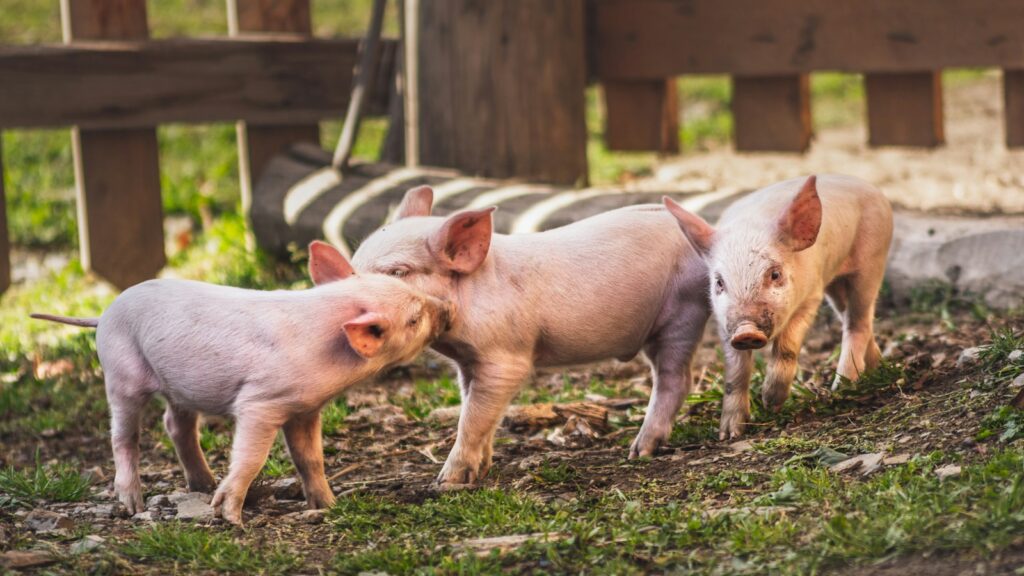
Pigs display remarkable social intelligence that rivals or exceeds that of dogs, with complex social structures and communication systems. They recognize hierarchy within their groups and understand their own social position, adapting their behavior accordingly. Studies have shown that pigs can interpret the emotional states of other pigs and even humans, responding with apparent empathy to signs of distress or happiness. Researchers at Wageningen University documented cases of pigs comforting distressed companions through physical contact and vocalizations, demonstrating a level of emotional awareness that many find surprising. Pigs also engage in sophisticated cooperative behaviors, working together to achieve goals that would be impossible alone—a trait less commonly observed in domestic dogs, who typically look to humans, rather than other dogs, for collaboration.
Self-Awareness and Mirror Recognition
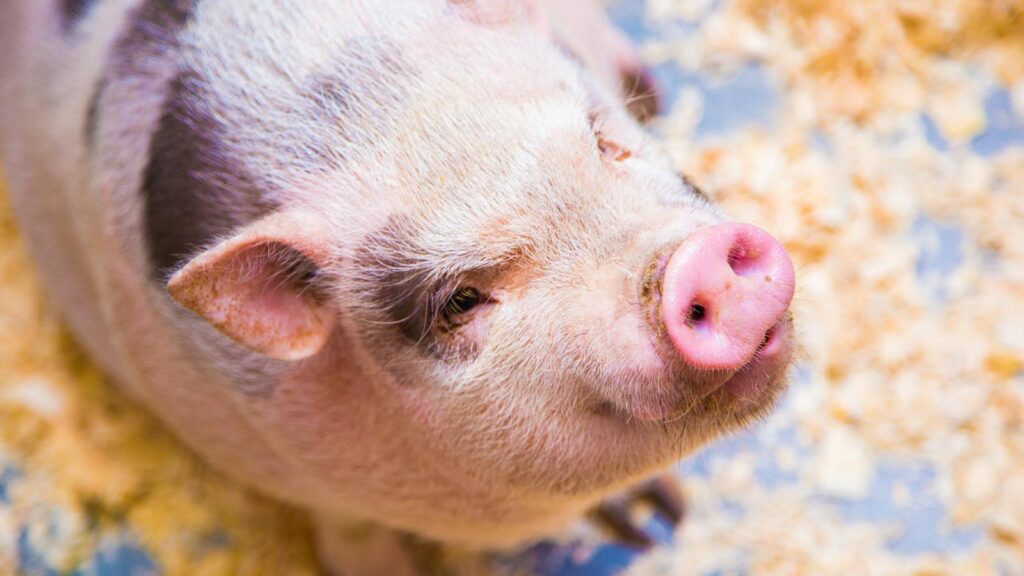
One of the most significant indicators of advanced intelligence is self-awareness, and pigs have demonstrated this trait in scientific testing. Unlike most dogs, pigs can recognize themselves in mirrors, placing them in an elite category of animals with self-recognition abilities that includes great apes, elephants, and dolphins. In mirror tests conducted at several research institutions, pigs quickly learned that the reflection represented themselves rather than another pig. When researchers placed marks on the pigs’ bodies in locations only visible through the mirror, the animals would use the reflection to guide them as they investigated the marks on their own bodies. This remarkable capability demonstrates a level of self-awareness and abstract thinking that exceeds what has been documented in canines, who typically treat their reflection as another dog rather than recognizing it as themselves.
Tool Use and Manipulation
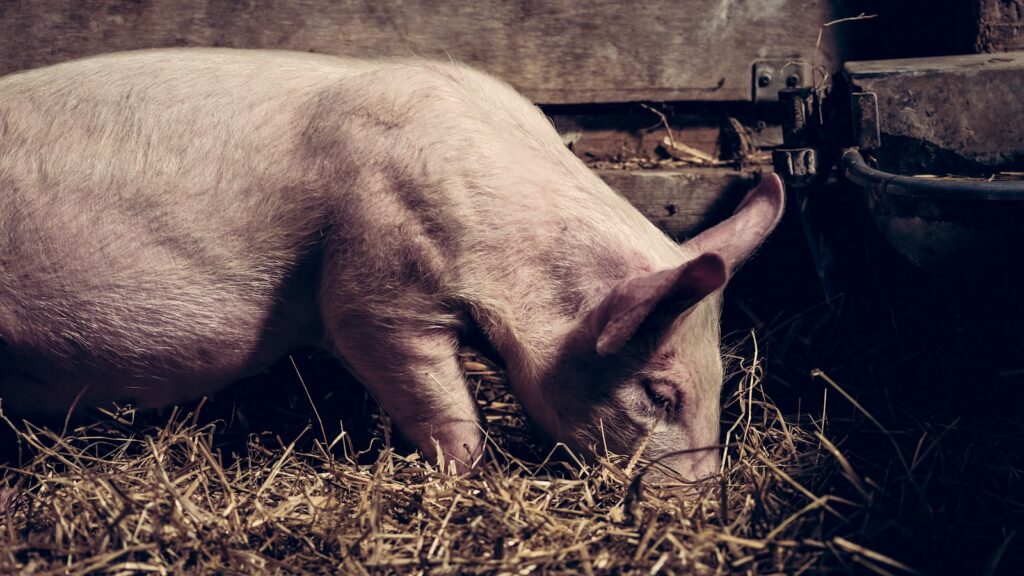
Pigs demonstrate sophisticated physical intelligence through their ability to use tools, a cognitive skill rarely observed in dogs. Research conducted in both natural and experimental settings has documented pigs using sticks to dig, rocks to break objects, and even cloth to build nests, showing a level of physical problem-solving that suggests advanced planning and foresight. At the Messerli Research Institute, scientists observed pigs learning to use simple tools within hours of being introduced to them, whereas dogs typically struggled with similar tasks even after extensive training. This ability to understand objects as potential tools rather than just obstacles or toys represents a higher order of thinking. Even more impressively, some pigs have been documented modifying objects to make them more suitable as tools, showing an understanding of how to improve an object’s functionality for a specific purpose.
Adaptability and Learning Speed
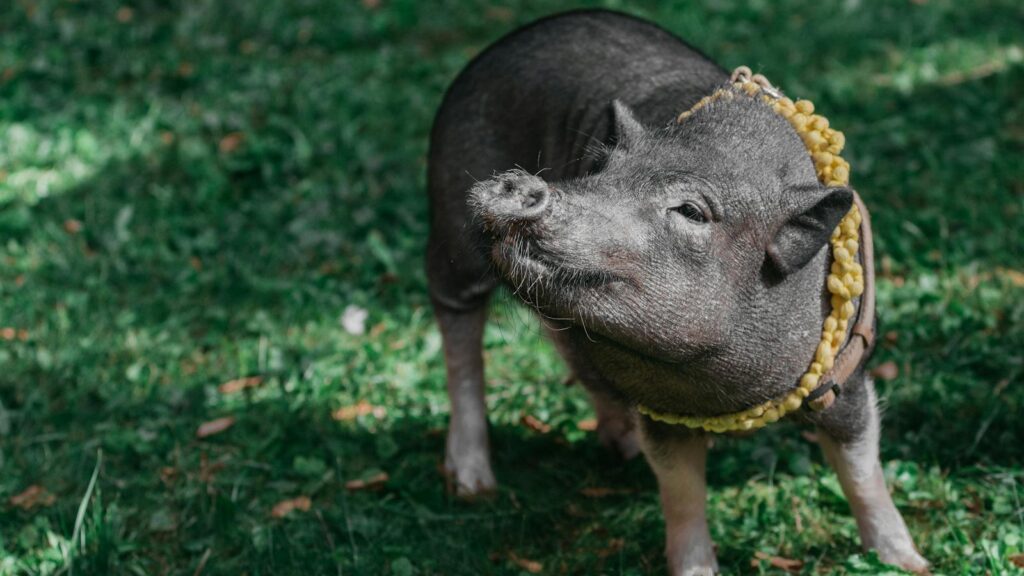
The learning speed of pigs consistently surpasses that of dogs, with pigs mastering new tasks and commands in significantly less time. Studies comparing the two species found that pigs typically require fewer repetitions to learn new behaviors and retain this information more reliably over time. Research conducted at the University of Cambridge showed that pigs could learn the meaning of new words after just a few exposures, while dogs typically required many more repetitions. Pigs also demonstrate impressive cognitive flexibility, adapting quickly to changing rules or environments in ways that dogs often find challenging. This adaptability extends to their natural behavior, with feral pigs showing remarkable abilities to adjust to new ecosystems and challenges—a testament to their intellectual resources, which far exceed the adaptability of feral dogs in similar circumstances.
Numerical Abilities and Categorization
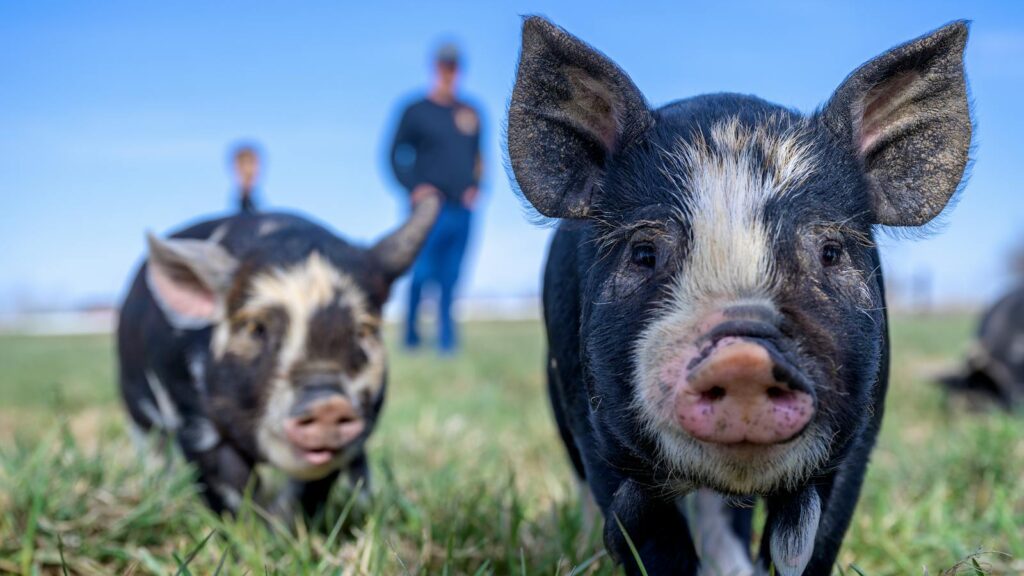
Pigs possess sophisticated numerical abilities that allow them to understand quantities in ways that most dogs cannot. Research has demonstrated that pigs can distinguish between different quantities and even perform simple arithmetic operations. In a study at Penn State University, pigs were able to identify which of two buckets contained more food items after only seeing the items being placed into the buckets, suggesting an understanding of relative quantities. Even more impressively, pigs have shown the ability to categorize objects based on abstract properties such as color, size, and shape—a cognitive skill essential for complex problem-solving. Researchers observed that pigs could sort items into categories even when the specific examples within those categories changed, demonstrating an understanding of abstract classification principles that exceeds what has been observed in most canine studies.
Communication Complexity
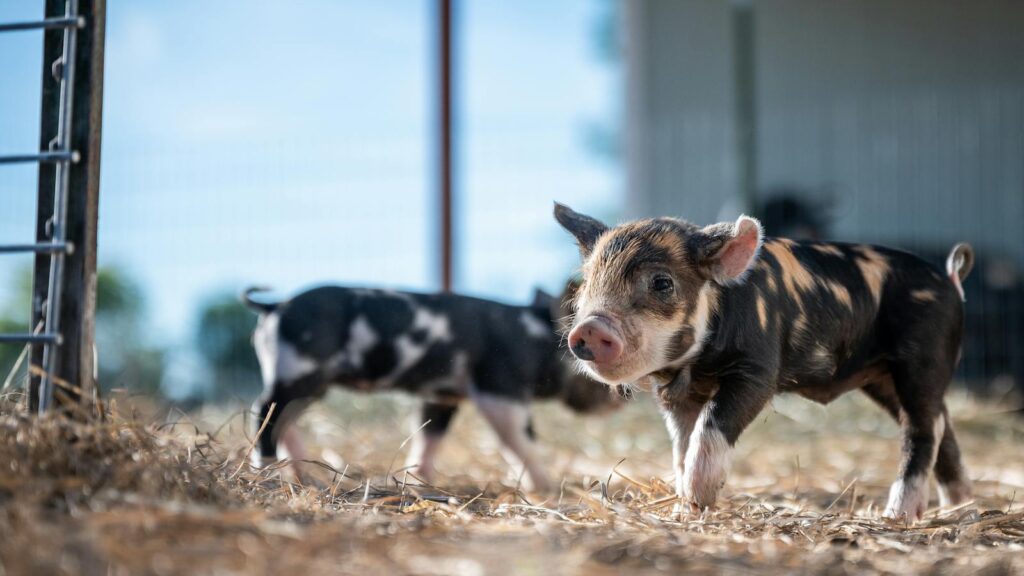
The communication system of pigs is remarkably sophisticated, consisting of over 20 distinct vocalizations with specific meanings—significantly more complex than the vocal repertoire of domestic dogs. These vocalizations vary in frequency, duration, and intensity, conveying detailed information about the pig’s emotional state, intentions, and environmental observations. Researchers at Queen Mary University of London found that mother pigs use specific grunts when calling their piglets, with each piglet responding primarily to its own mother’s unique vocal signature. Beyond vocalizations, pigs communicate through an intricate system of body postures, ear positions, and tail movements that convey subtle social messages to other pigs. This multimodal communication system allows for more nuanced social interactions than what is typically observed in dog packs, demonstrating a higher level of communicative sophistication.
Strategic Thinking and Deception
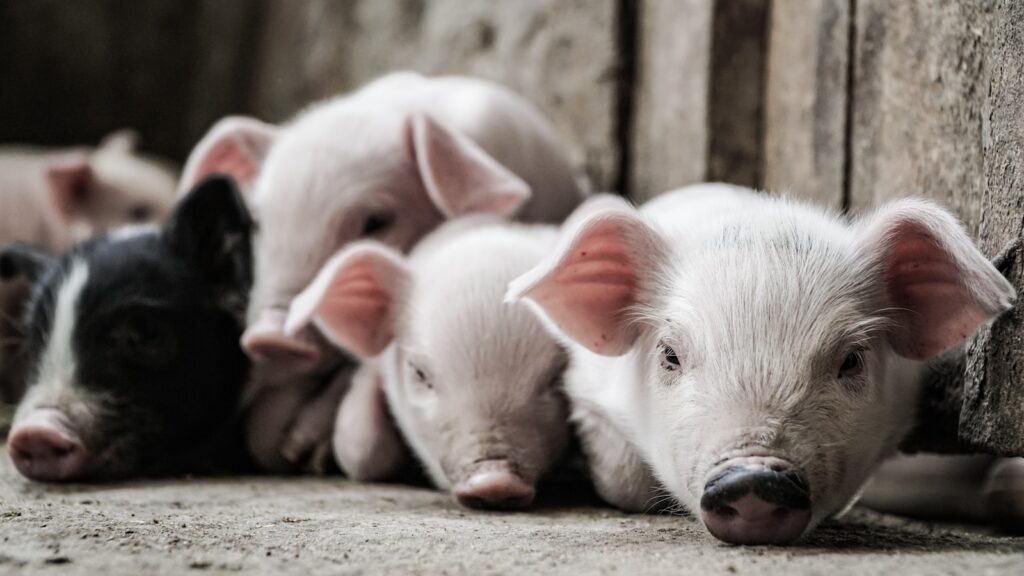
Perhaps one of the most compelling indicators of superior intelligence is the capacity for strategic thinking and intentional deception, and pigs have demonstrated both in controlled studies and natural settings. Researchers have observed pigs misleading other pigs about food locations to keep resources for themselves, showing an understanding that other individuals have minds and beliefs that can be manipulated. In one fascinating study at Bristol University, subordinate pigs learned to follow dominant pigs to food sources only when the dominant pig wouldn’t notice they were being followed, demonstrating an understanding of another individual’s perspective and knowledge state. This ability to engage in what psychologists call “tactical deception” requires a sophisticated understanding of others’ mental states—a form of intelligence called theory of mind that is rarely documented in dogs, who typically show more straightforward social behaviors without the element of strategic deception.
Emotional Intelligence and Stress Management

Pigs demonstrate remarkable emotional intelligence, displaying a broad range of emotions and sophisticated responses to emotional situations. Studies have documented that pigs experience complex emotional states, including joy, frustration, anxiety, and contentment, often expressing these emotions in ways recognizable to humans. Research at the University of Lincoln found that pigs employ various coping strategies when faced with stressful situations, including seeking social support from familiar pigs, employing distraction techniques, and even using what appears to be forms of self-soothing behavior. Unlike many dogs who may become destructive or aggressive under stress, pigs often display more nuanced responses, seeking solutions or comfort in ways that suggest a deeper understanding of their own emotional states. This emotional sophistication allows pigs to navigate complex social environments and build strong bonds with both other pigs and their human caretakers.
Challenges in Comparing Canine and Porcine Intelligence
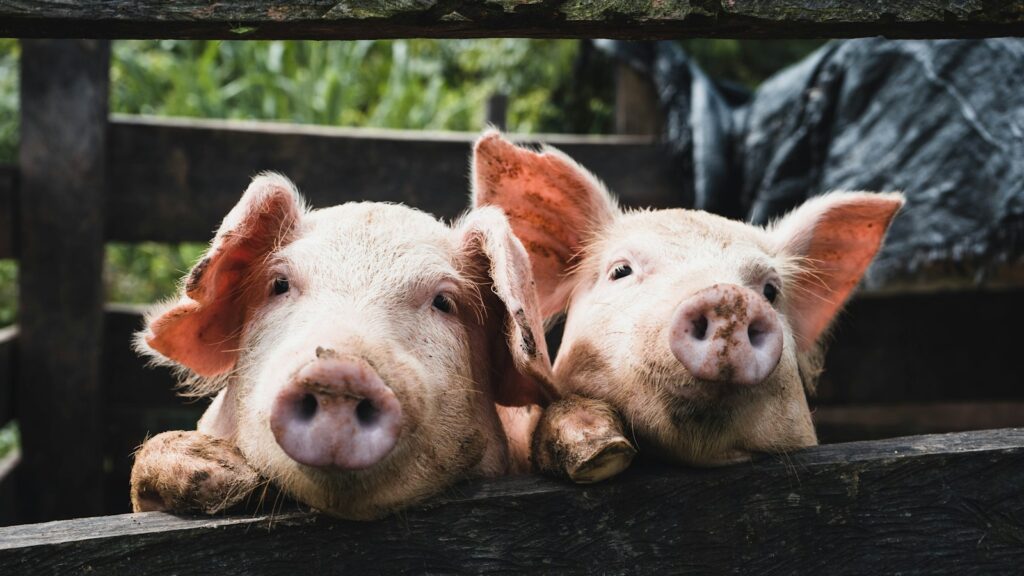
While evidence strongly suggests that pigs possess cognitive advantages over dogs in many areas, it’s important to acknowledge the challenges in making direct comparisons between species with different evolutionary histories and adaptations. Dogs have been selectively bred for thousands of years specifically to communicate with and understand humans, giving them certain advantages in human-oriented tasks that may mask their cognitive limitations in other areas. Pigs, by contrast, have been primarily bred for production traits rather than companionship, meaning their cognitive abilities have developed with less direct human influence. Furthermore, intelligence testing methods are often designed with canine abilities in mind, potentially placing pigs at a disadvantage in standardized assessments. Despite these challenges, when researchers design species-appropriate tests that account for physical and sensory differences, pigs consistently display cognitive abilities that match or exceed those of their canine counterparts across a wide range of measures.
Practical Implications for Pet Owners
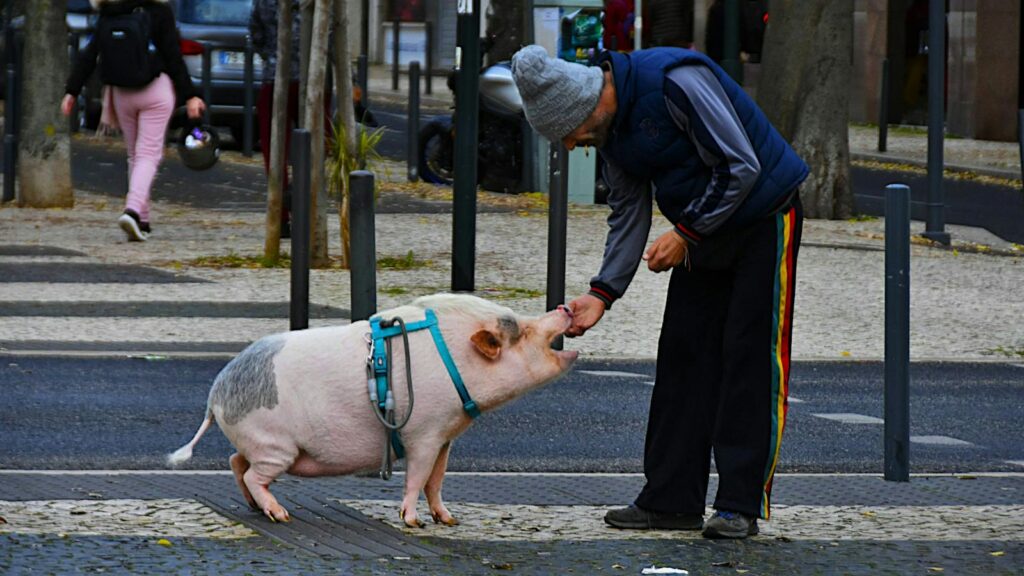
The superior intelligence of pet pigs has significant implications for those who choose to welcome these animals into their homes. Pig owners quickly discover that standard dog training methods are often insufficient for these cognitively advanced animals, who require more complex environmental enrichment and intellectual stimulation. Bored pigs can become destructive and develop behavioral problems that are difficult to address—a direct consequence of their active, problem-solving minds. Successful pig owners typically implement puzzle feeders, rotating toys, and complex training routines that challenge their pets’ cognitive abilities. Many find that pigs can be taught to perform complex sequences of behaviors, use litter boxes more reliably than many dogs use designated elimination areas, and even assist with simple household tasks. However, this intelligence comes with responsibility—pigs remember negative experiences more acutely than dogs and may hold what appears to be grudges, requiring owners to be consistent, patient, and attentive to their smart porcine companions.
The evidence supporting the superior intelligence of pigs compared to dogs is substantial and spans multiple domains of cognitive ability. From their problem-solving prowess and self-awareness to their sophisticated social intelligence and capacity for deception, pigs demonstrate mental capabilities that often exceed those of their canine counterparts. This is not to diminish the remarkable bond humans share with dogs, who have evolved specific skills for human communication that make them exceptional companions. However, recognizing the extraordinary cognitive abilities of pigs challenges us to reconsider how we view and treat these remarkable animals. For those who have experienced life with a pet pig, their intelligence is not merely an academic observation but a daily reality that transforms the human-animal relationship into something profoundly different from traditional pet ownership. As research continues to reveal the depths of porcine intelligence, perhaps more people will come to appreciate these animals not just for their companionship but for their fascinating minds.

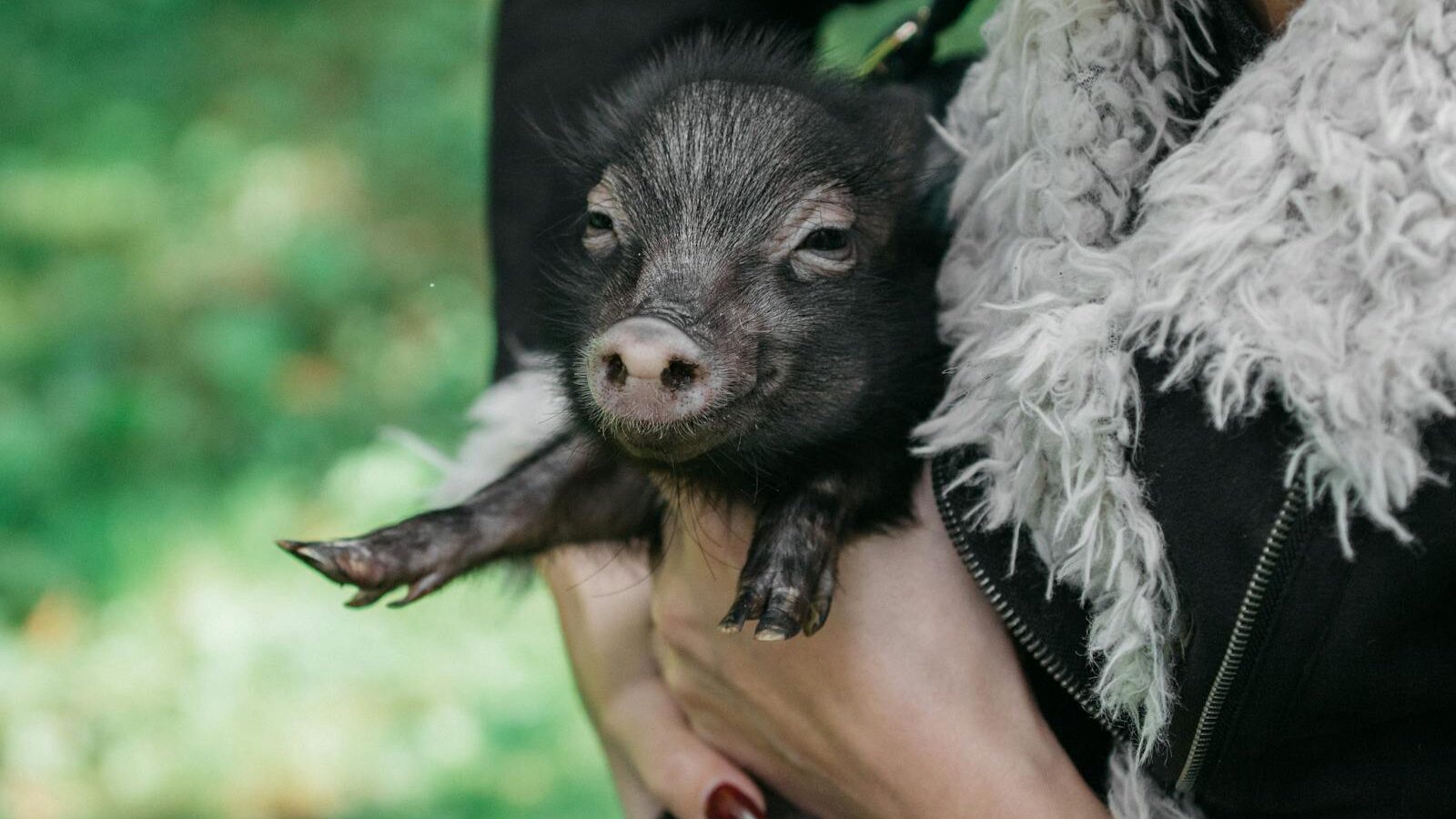
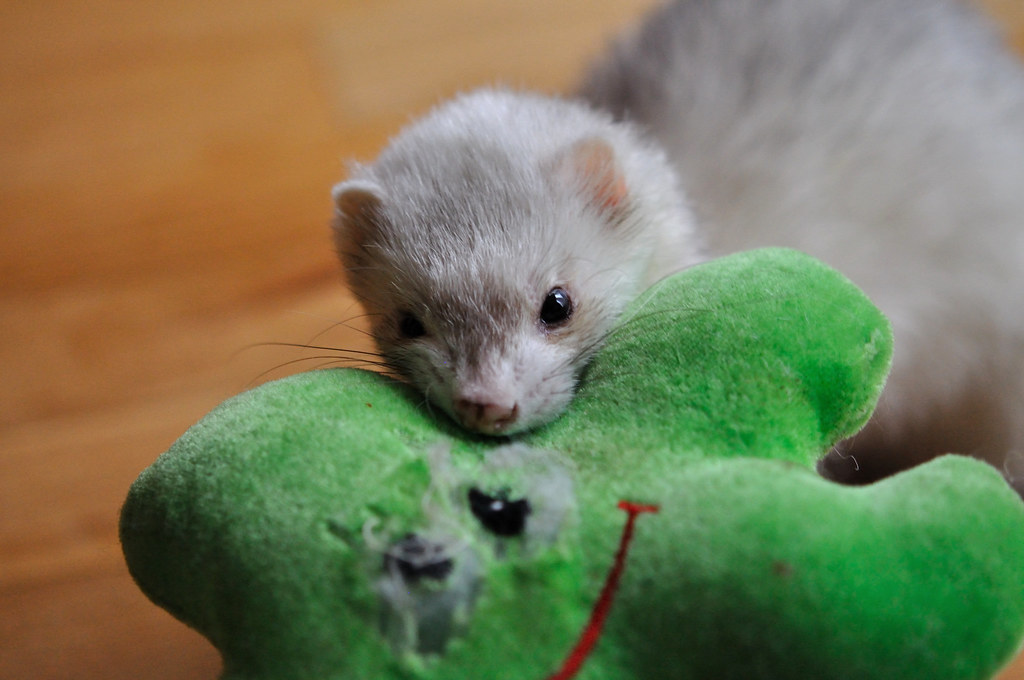
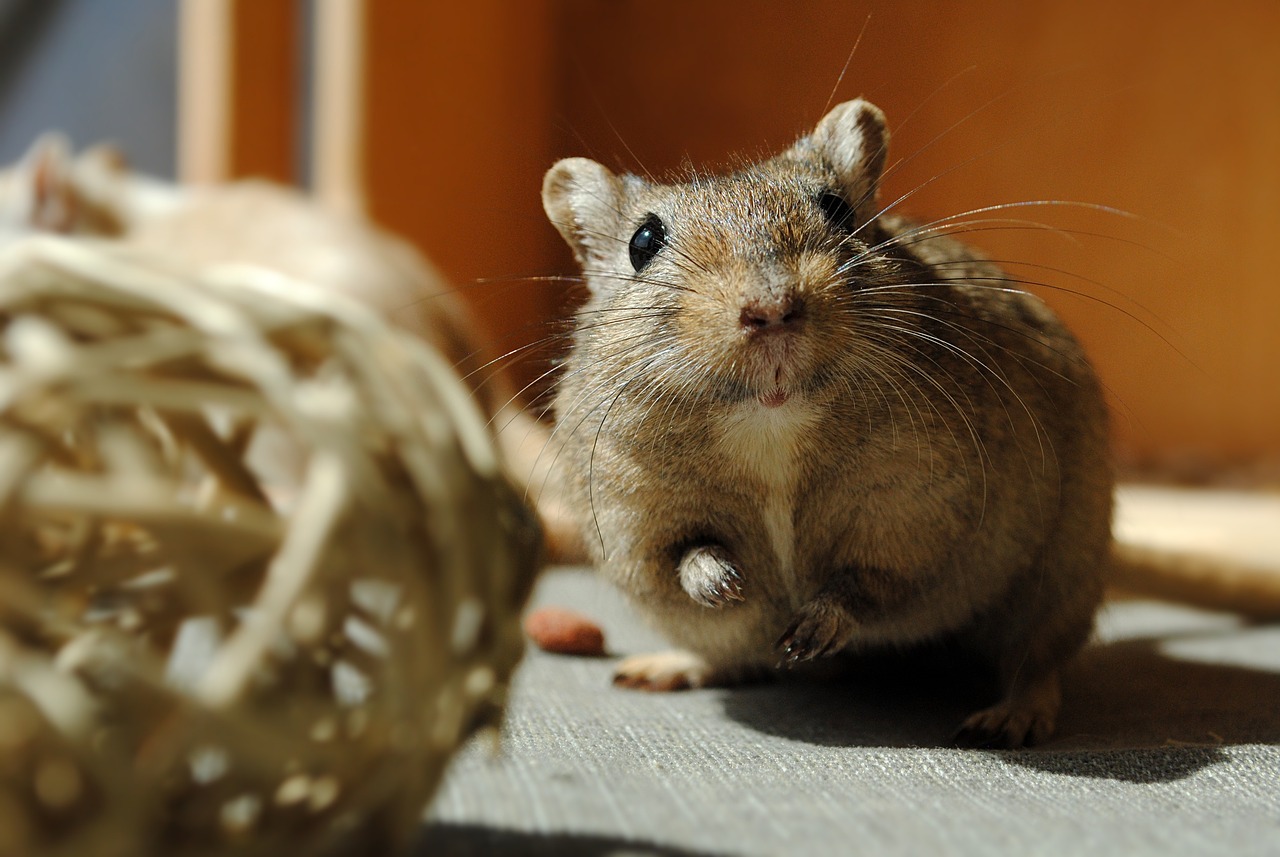

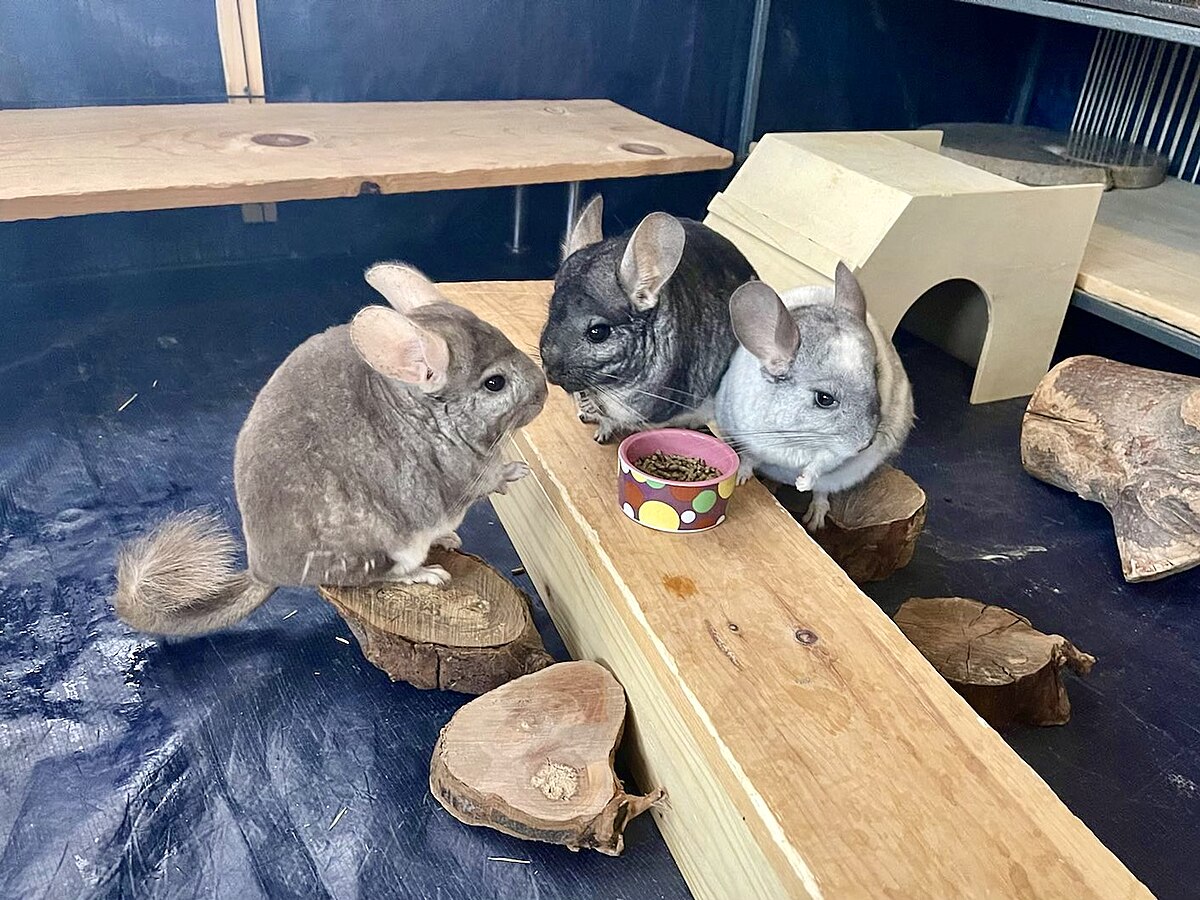
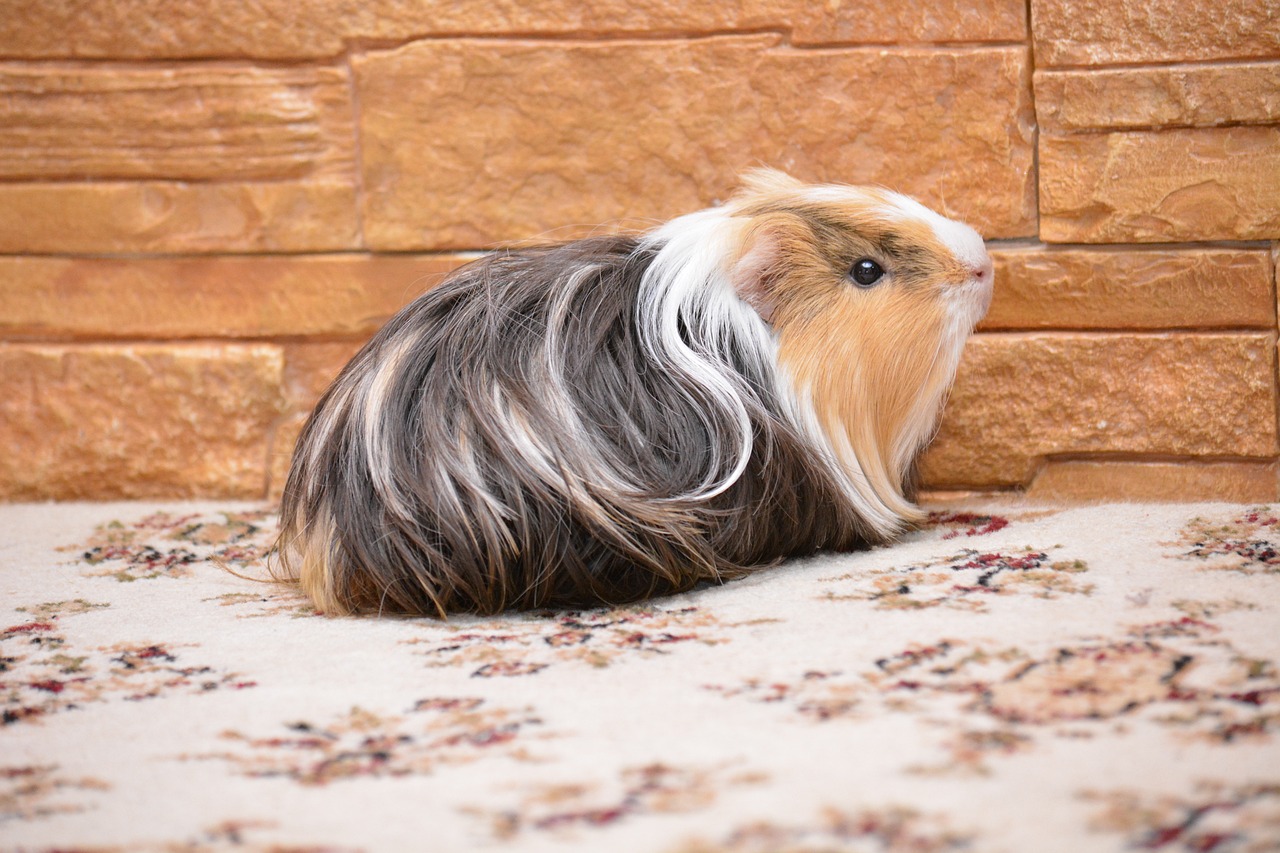
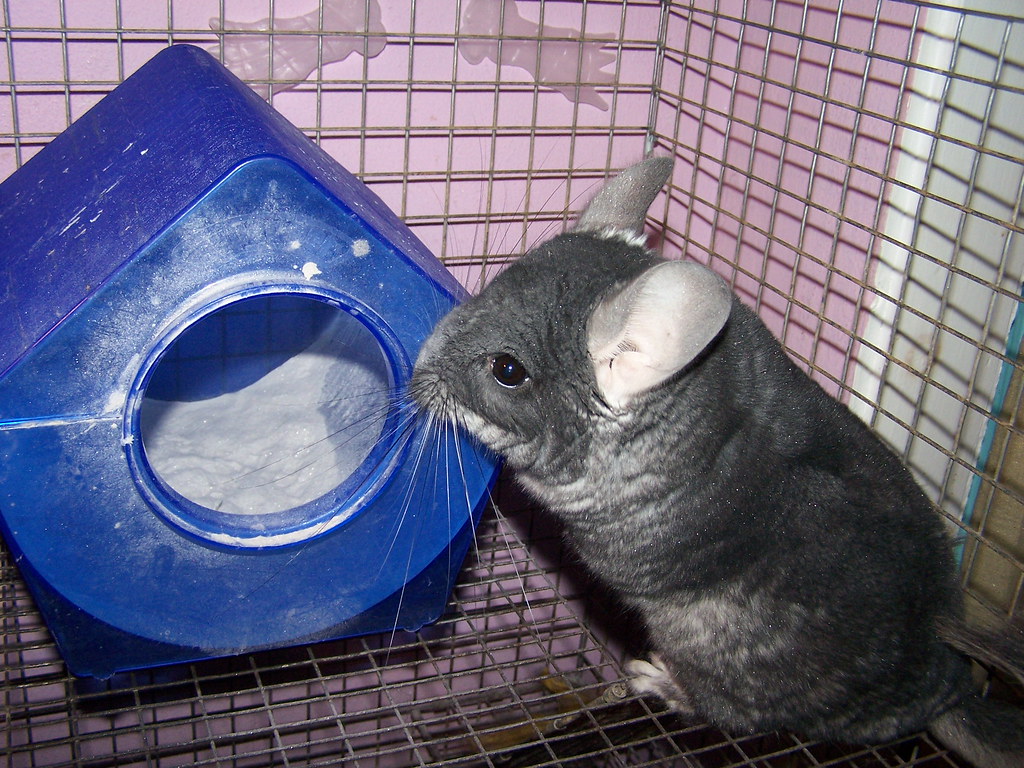

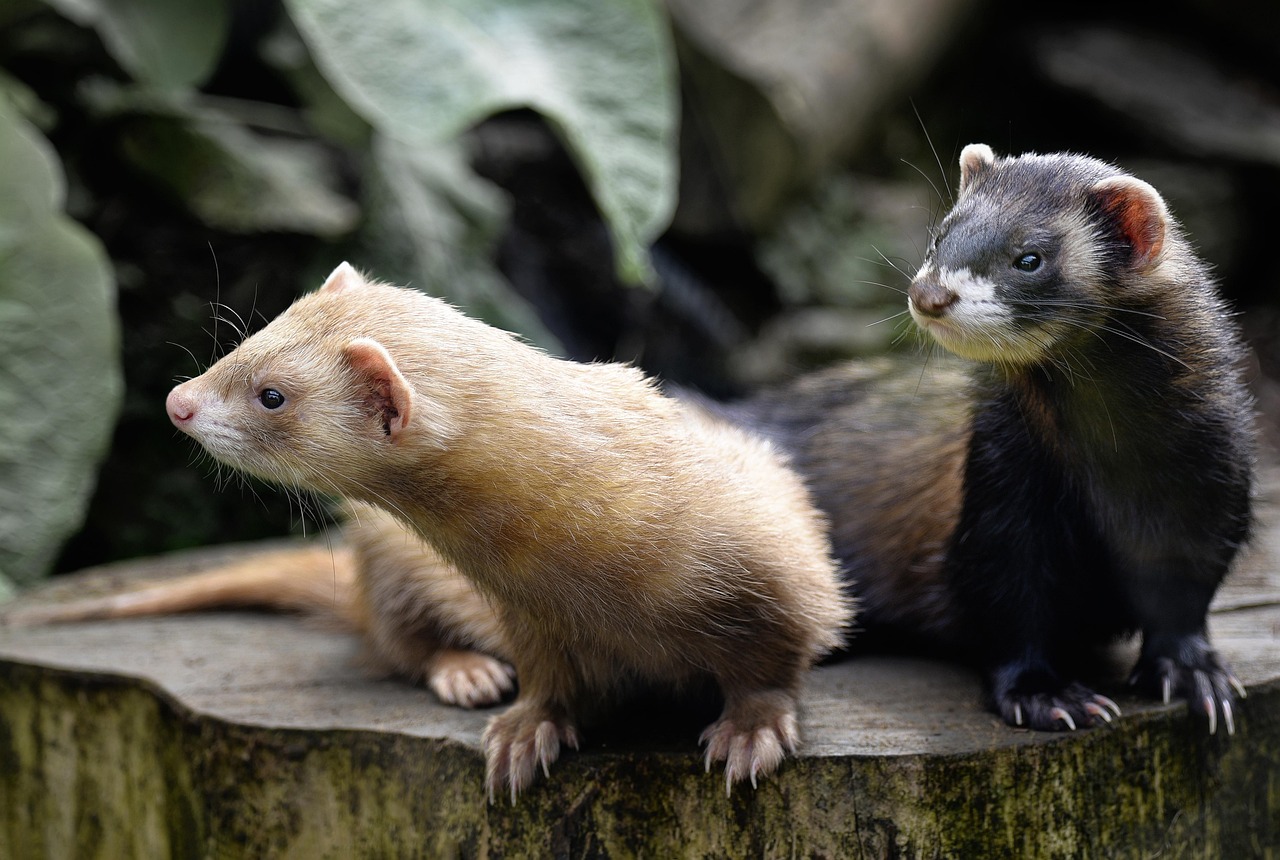
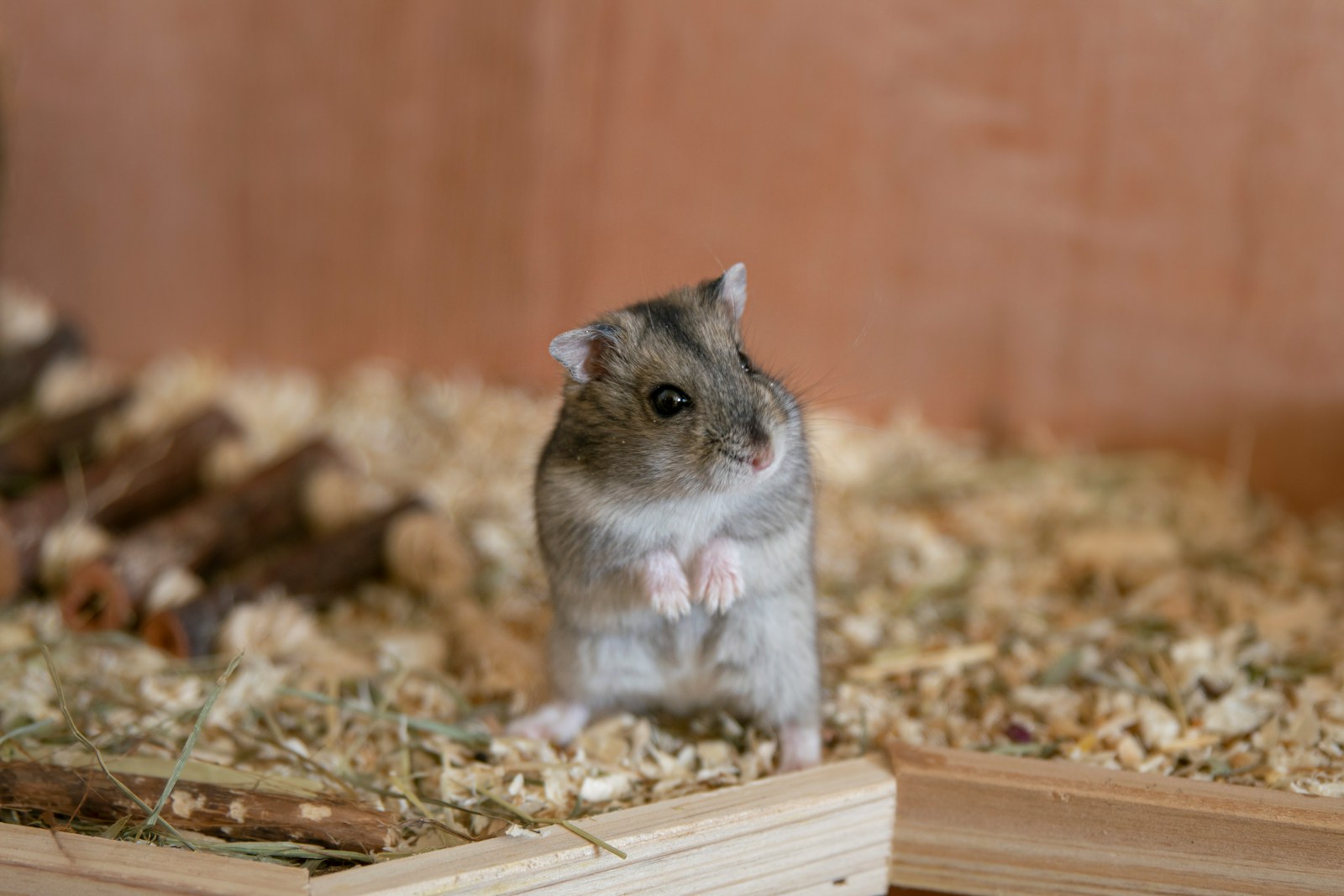
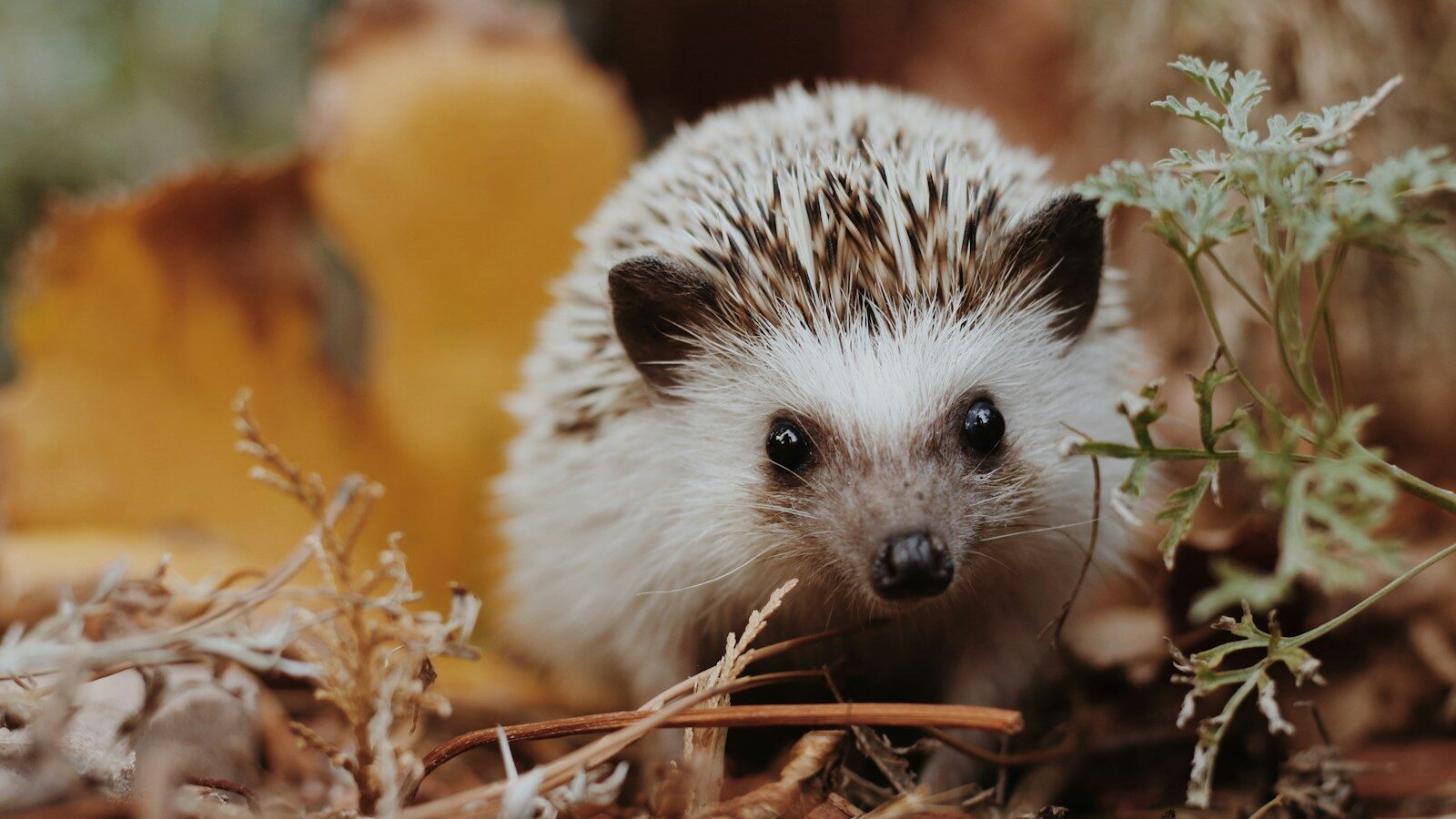




Leave a Reply